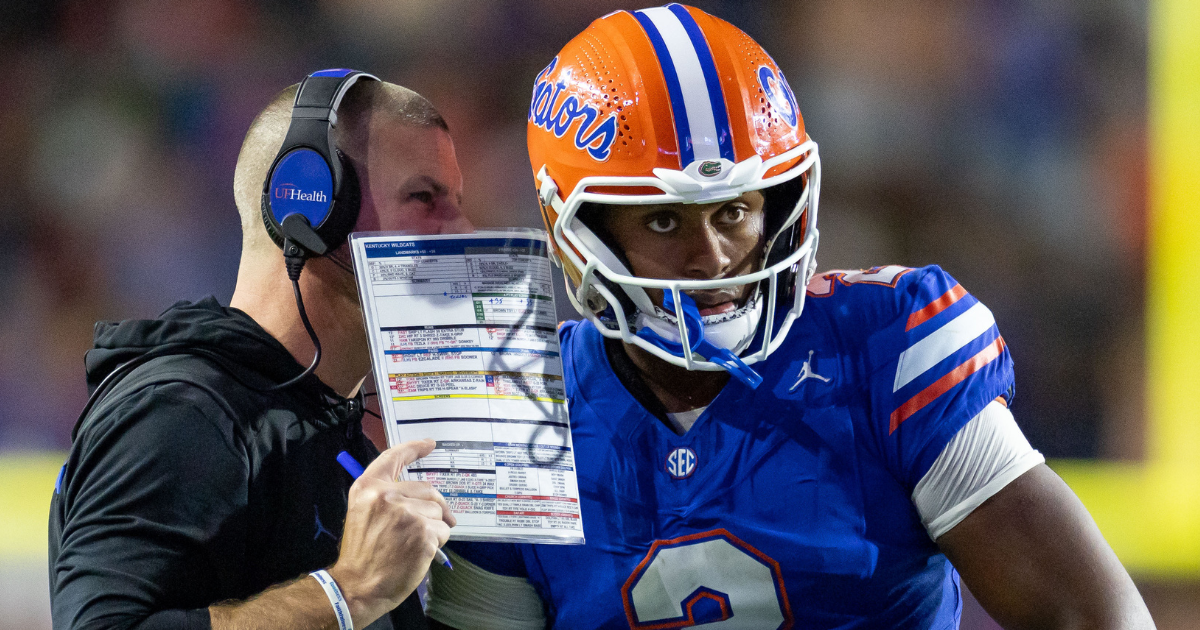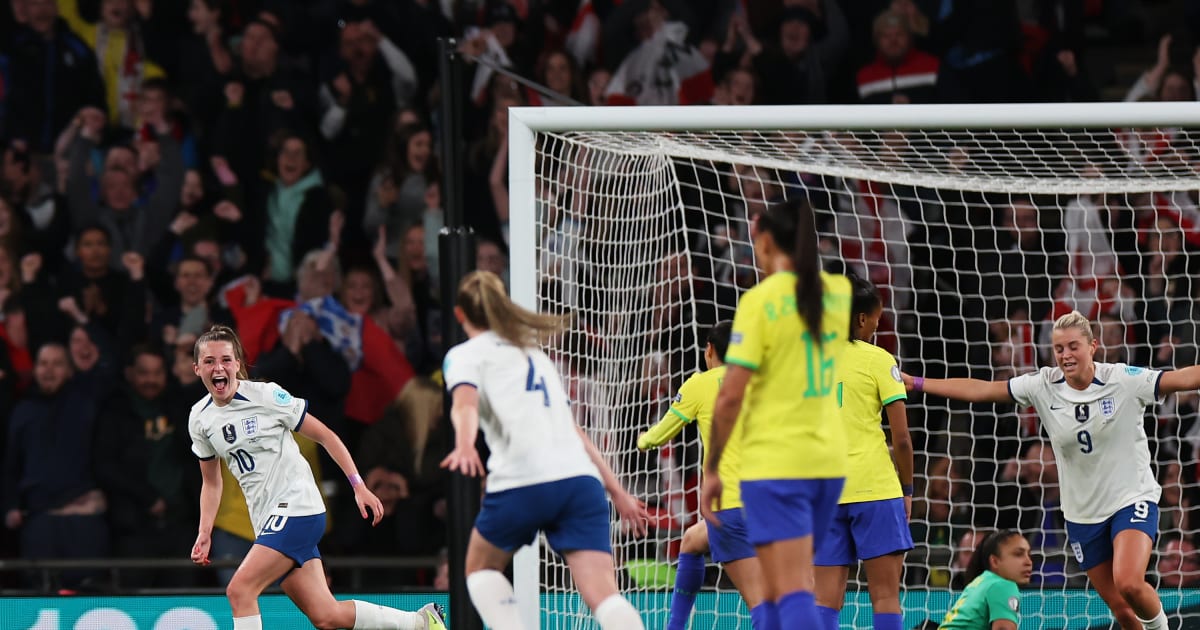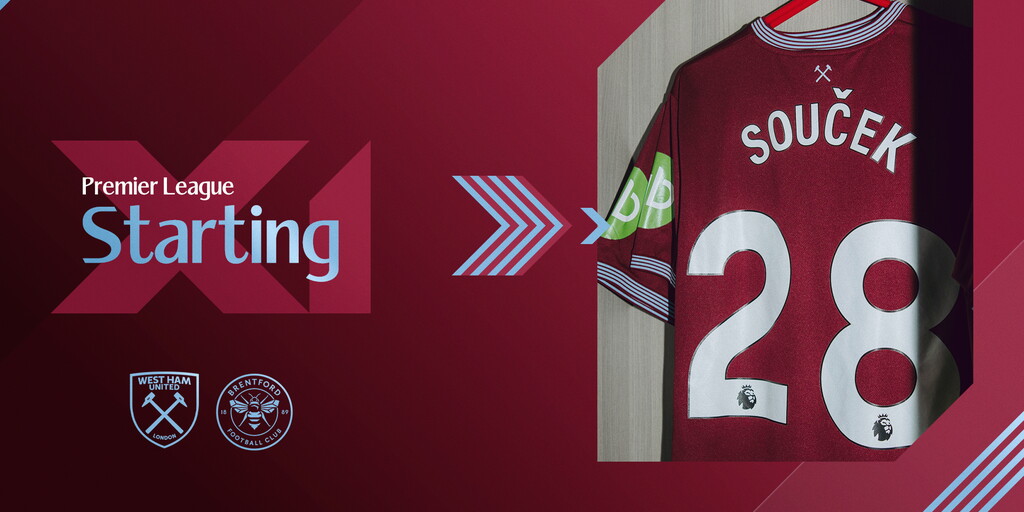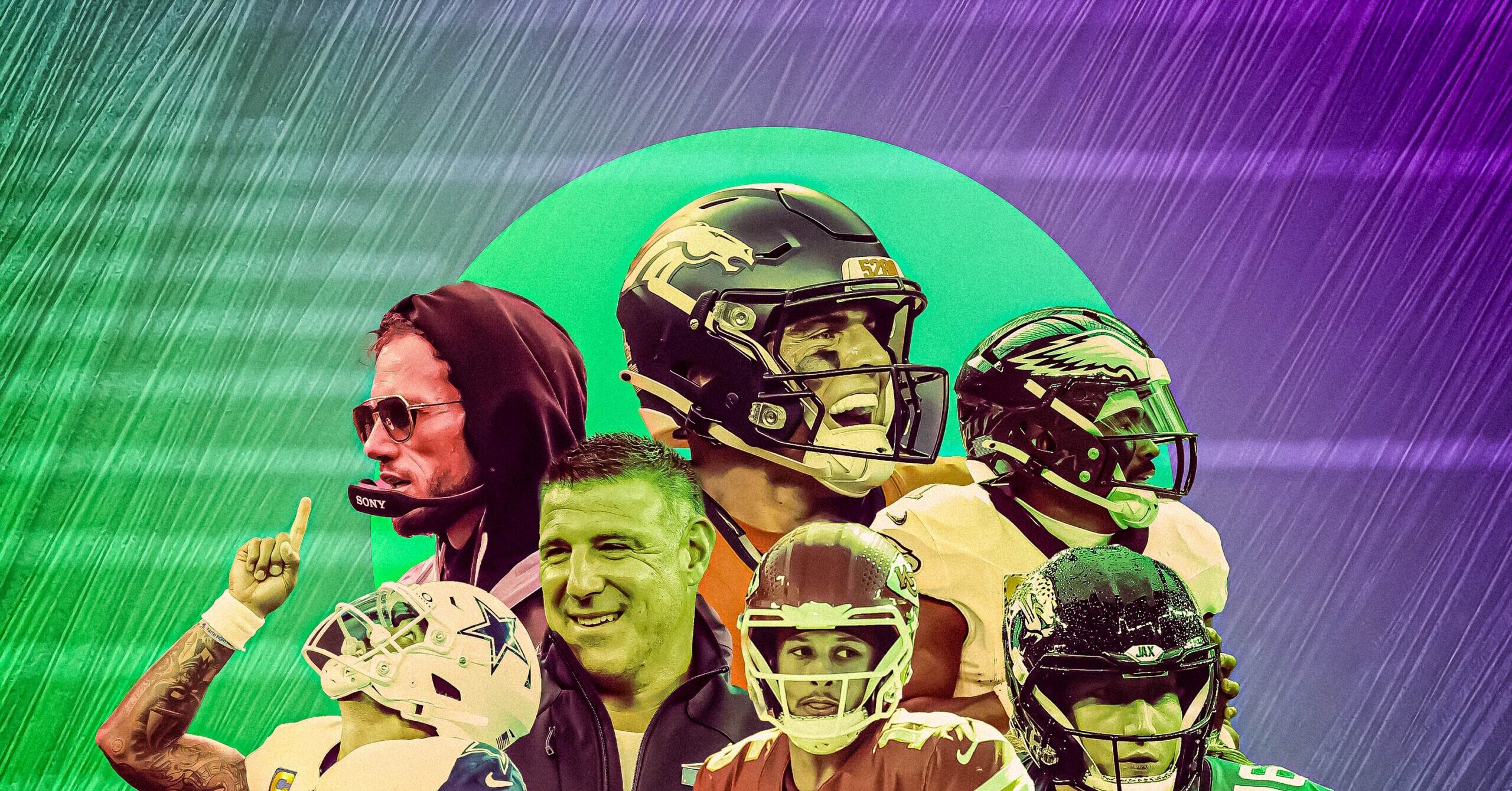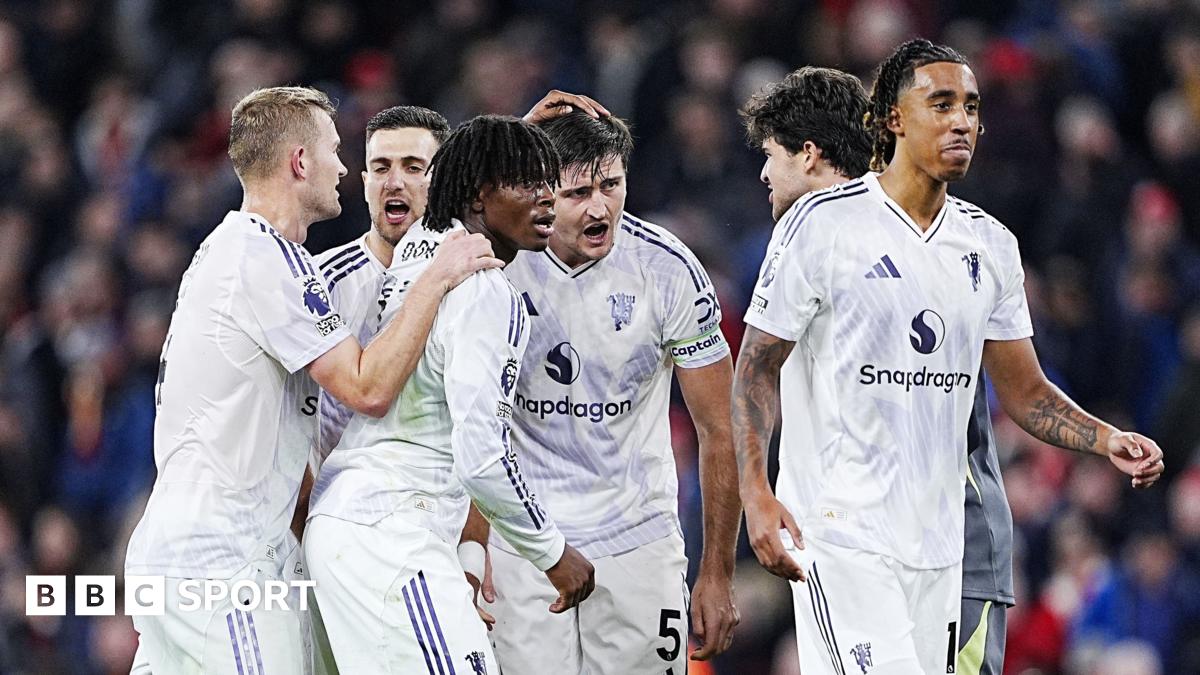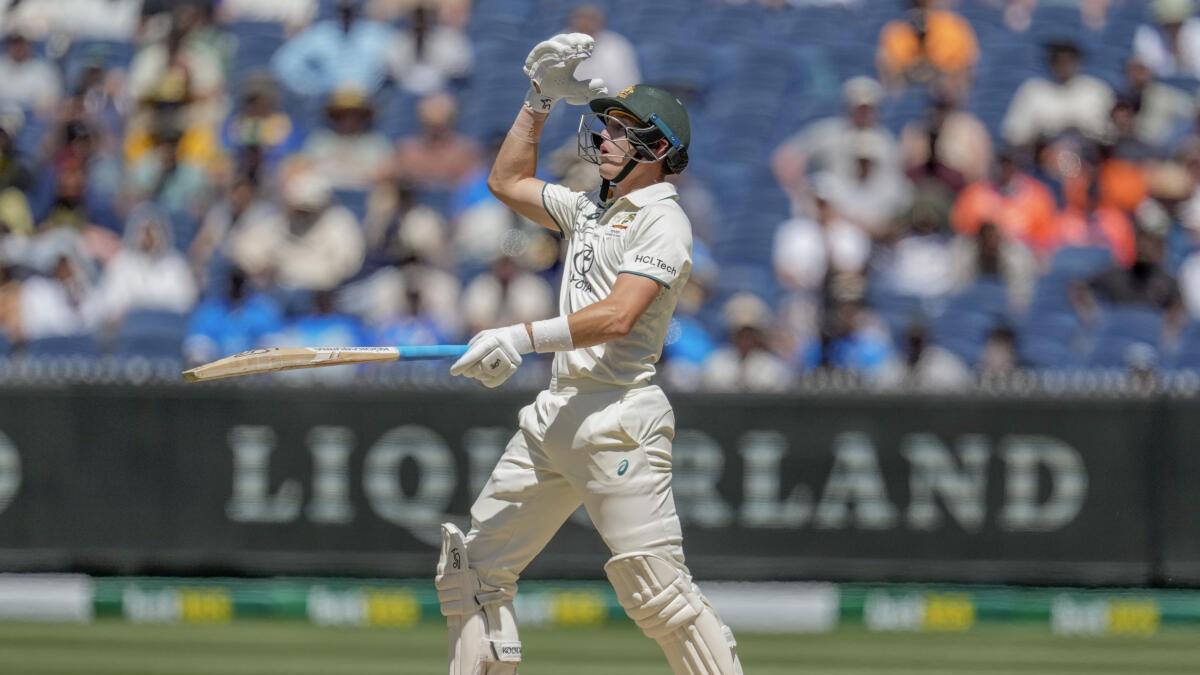The Athletic: For Anthony Edwards, an NBA title is just one step away. Inside his ‘unstoppable’ plan
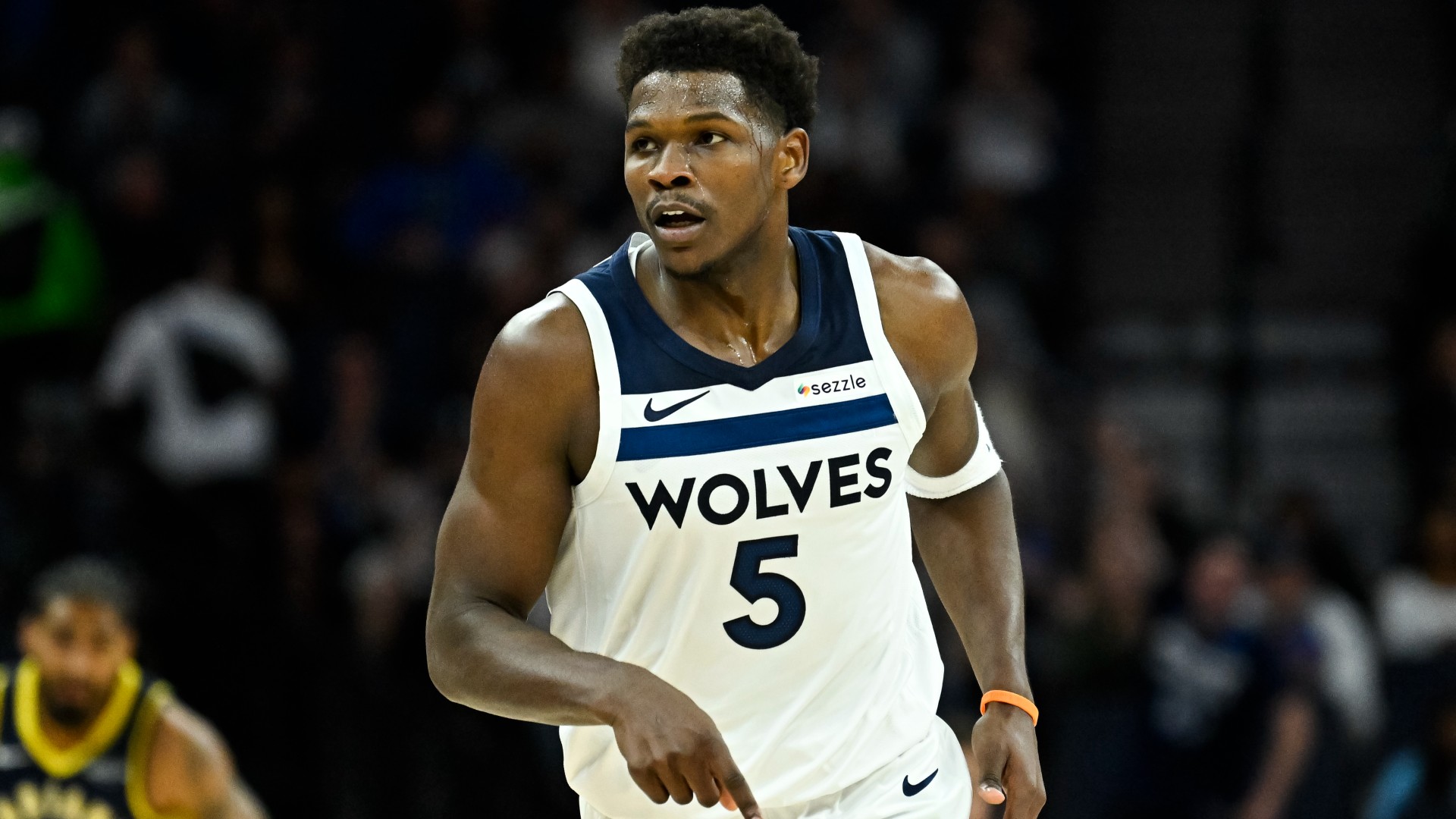
From Watkins’ viewpoint, that was part of the problem. Football was too easy for Edwards. When he joined a higher level team, serendipitously called the Vikings, he hated the extra conditioning and practicing that the coaches demanded of him.“He was just really lazy because he was so used to just getting over just because he was so much more physical and so much bigger than most kids,” Watkins said.Edwards’ mother, Yvette, gave the hard-charging football coaches her blessing to ride Anthony in an effort to instill some sense of work ethic in him. If Anthony refused to do conditioning, his coaches made his teammates do the running for him. Sometimes the peer pressure worked, sometimes it didn’t.“Football came second-nature to me. I didn’t have to work out for football,” Edwards said. “Even if I had to play in the NFL right now, I wouldn’t have to do too much work on my game. It would be more just working on my body.”He suffered an ankle injury in middle school that knocked him out for a bit and opened the door for him to focus more on basketball, to follow in his big brother’s footsteps. When Edwards turned to hoops, the size advantage disappeared with a quickness.“In basketball, he wasn’t head and shoulders taller than everybody else,” Watkins said. “He was just an average-sized kid on our team.”Without the physical superiority, Edwards had to find another way to excel. He was behind several bigger, more skilled teammates, so he had to practice in a way that he never had to with football.“Basketball, I really had to work to develop myself,” he said. “I couldn’t shoot the ball well. I couldn’t dribble that well.”Edwards did not take kindly to being average. The same kid who refused to do conditioning in football started working at all hours of the day on basketball. He would get up early in the morning for workouts before school, get shots up during the day when he had a free period from class and keep working well into the evening to try to make himself into more than just an athlete in sneakers.“I was a good defender and I was a good athlete. Everything else that I got, I really worked at it because I wasn’t that good at it before,” he said. “I think that’s why I’m never content with where I’m at. I know there’s always something I can do better.”Underneath all of that bravado, the fear of not measuring up pushes Edwards forward. Every summer of his professional career has brought with it a significant advancement in his skill set. Whether it was on-ball defense, offensive efficiency or 3-point shooting, Edwards keeps adding to his game because he knows that there are still holes to fill and other players ahead of him on the pecking order.“I ain’t really chasing them. I’m competing against them,” Edwards said. “I’m trying to win against them.”It drove him all summer long.“I saw a true obsessiveness to detail. How to get to spots, why he’s there, what to read,” Hines said. “His intensity was insane just in terms of being relentless, wanting to be in the gym, wanting to learn more, wanting to study some guys. It was probably one of his best summers he’s had.”Edwards and the Timberwolves had home-court advantage and the No. 1 defense in the league when they met the Mavericks in the conference finals in 2024. None of that mattered. Irving and Dončić scored at all three levels — at the rim, in the midrange and behind the 3-point line — and rolled past the Wolves in five games.It was more of the same last season, when Minnesota stormed into the conference finals after needing just 10 total games to dismiss the Los Angeles Lakers and Golden State Warriors in the first two rounds. Gilgeous-Alexander shot a paltry 31.8 percent from deep in the series, but his dizzying array of moves and tricks allowed him to get to his spots at will. Did he get a few favorable whistles? Maybe. But the MVP’s dominance was so complete that it rendered those complaints moot. Gilgeous-Alexander averaged 31.4 points per game and the Thunder loaded up on Edwards, hounding his 3-ball (he shot 28 percent) and closing off his driving lanes to limit his impact.The Wolves tried the same approach against OKC. That didn’t matter to Gilgeous-Alexander or Jalen Williams, both of whom treated the analytical No Man’s Land outside the paint and beneath the 3-point line like it was their own personal playground.“Those (guys) was cookin’ us in the midrange,” Edwards said.When the series was over, Edwards was not crestfallen. He was only 23, after all, and he had just gained even more clarity on what needed to be done.When they lost to the Mavericks in ’24, the enduring image was Dončić drilling a stepback over Rudy Gobert in Game 2 and then burying the Wolves in Game 5 under an avalanche of deep 3s. So Edwards spent all summer working on his 3-point shot and turned himself into one of the best long-range shooters in the league.His reaction to the OKC loss confused some observers who were used to seeing star players seethe and sulk under a defeat so complete. Edwards gave the Thunder their props, but also stepped into the offseason as if he just received the answers to the test.“We got our ass kicked all around the board,” he said. “I think we’re going to be pretty good this year.”After SGA and Williams strafed the Wolves from the midrange and post, Edwards went back into the lab again, focusing on his intermediate game as a way to make it more difficult to take him out of a game the way the Thunder did.The difference Hines saw in Edwards this summer was how his focus shifted, ever so slightly. Long hours in the gym were nothing new to him. Adding to his game is something to expect, not celebrate. But he saw another layer of motivation.“I think he’s looking at the Shais, the Lukas and these guys having success. (Jayson) Tatum,” Hines said. “He wants to be there, too. He wants his name in the same room as those guys, and beyond that.”Wolves coach Chris Finch has been in Minnesota for all but the first four months of Edwards’ career. He sees two types of confidence in the NBA.“Ant’s (confidence) is rooted in the security of knowing who you are and that I’m going to figure it out,” Finch said. “I may not know it yet, but I’m going to figure this whole thing out. Versus the one that’s rooted in insecurity where you just say things hoping to speak them into existence while you’re covering up self-doubt. That’s not him.”Now the question becomes how will he apply what he has worked on this summer. The modern game almost demands that a high-level scorer emphasizes 3-point shooting and rim attacks. Edwards does not figure to reinvent his game after averaging 27.6 points and shooting 39.5 percent on 10 3s per game. Last season, he shot a ghastly 36 percent on 2-pointers outside of the paint, so he has a long way to go to become proficient enough in the midrange to merit a noticeable increase in percentage of his shot diet.“It will definitely be a part of what we want to do this year, as an accent, not the main thing of course,” Finch said. “But we feel like it’s a good way to take advantage of him, and he’s done a good job of adding that to his game.”Edwards said he spoke to Michael Jordan about leaning back with his shoulders to put pressure on the defense in the post versus pushing with his backside, something that would allow him a better base with which to get to his fall-away jumper. He searched for repeatable moves to go to late in games after the Wolves struggled mightily in the clutch during the regular season last year, often falling on a missed stepback 3 from Edwards.“He has to play chess and not play checkers,” Hines said. “That’s how you become unstoppable. I told him, ‘I’ll sharpen every tool in your toolbox. You have to pick the right ones to utilize at the right time.’”The challenges are coming from within as well.

